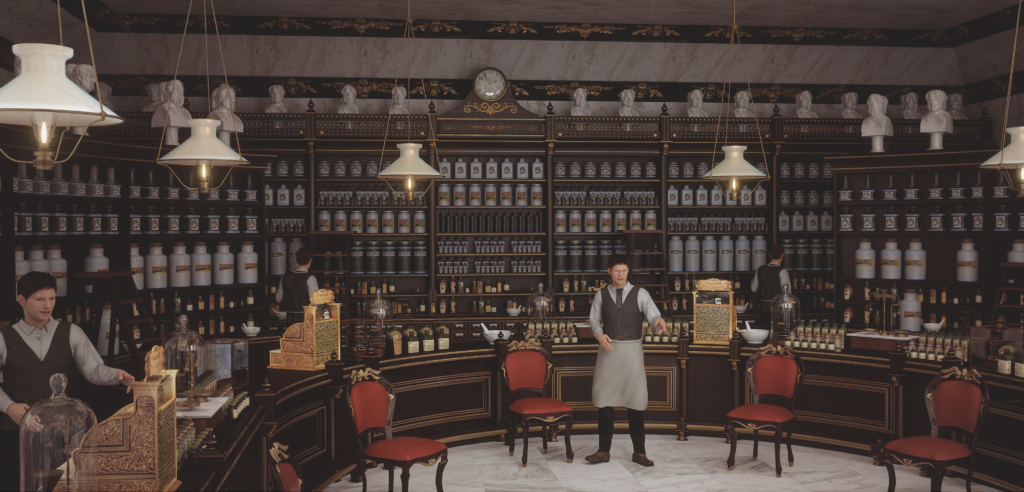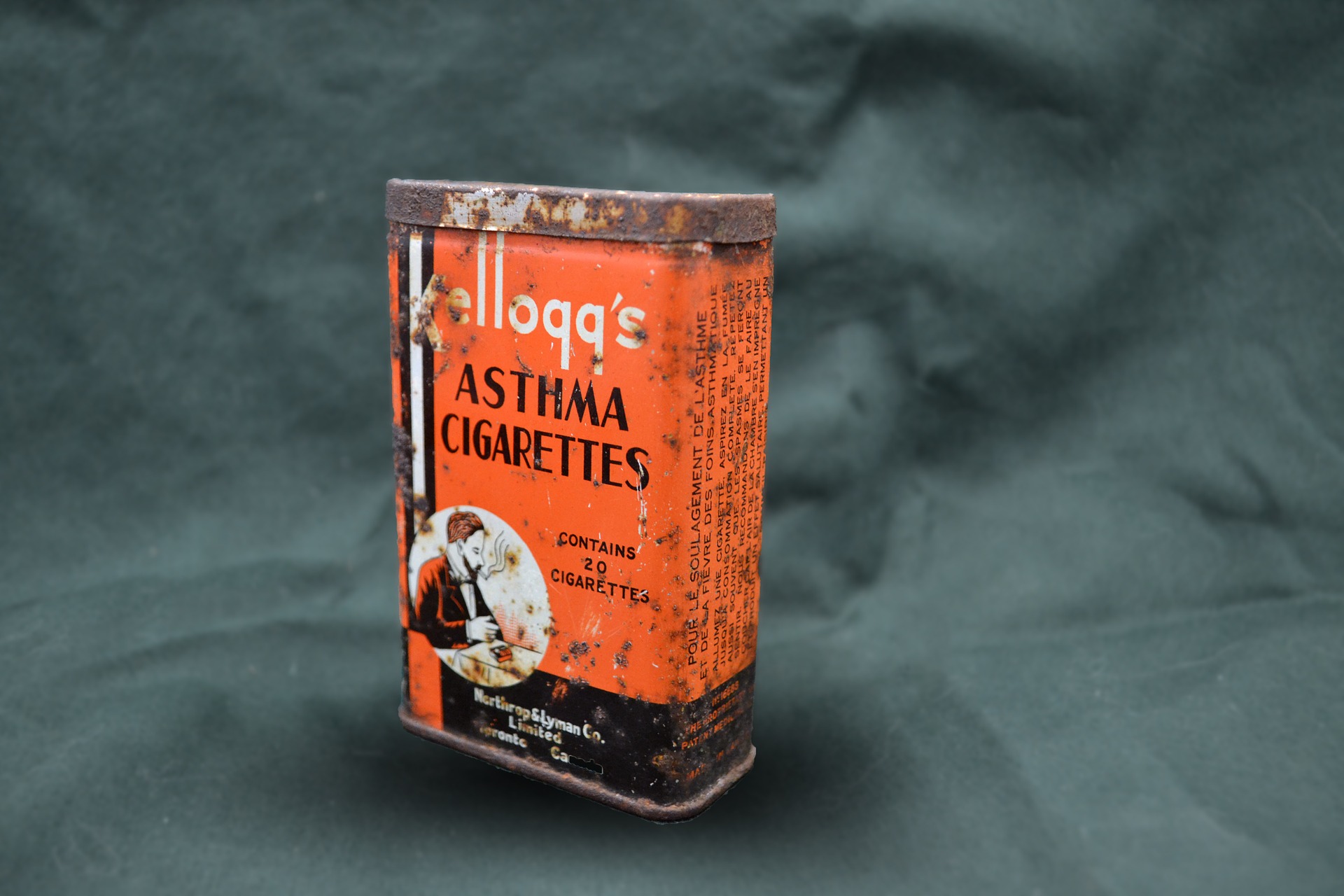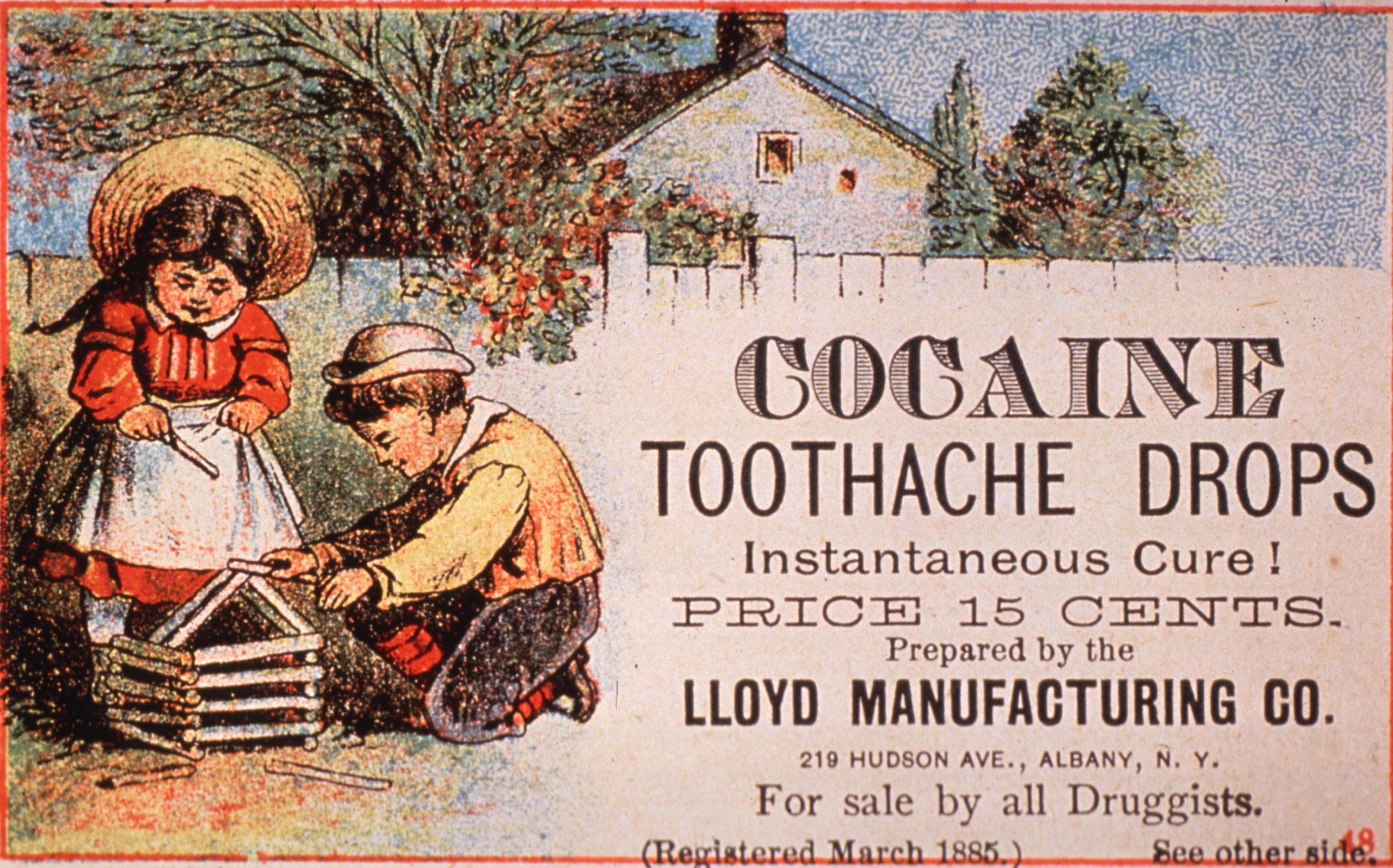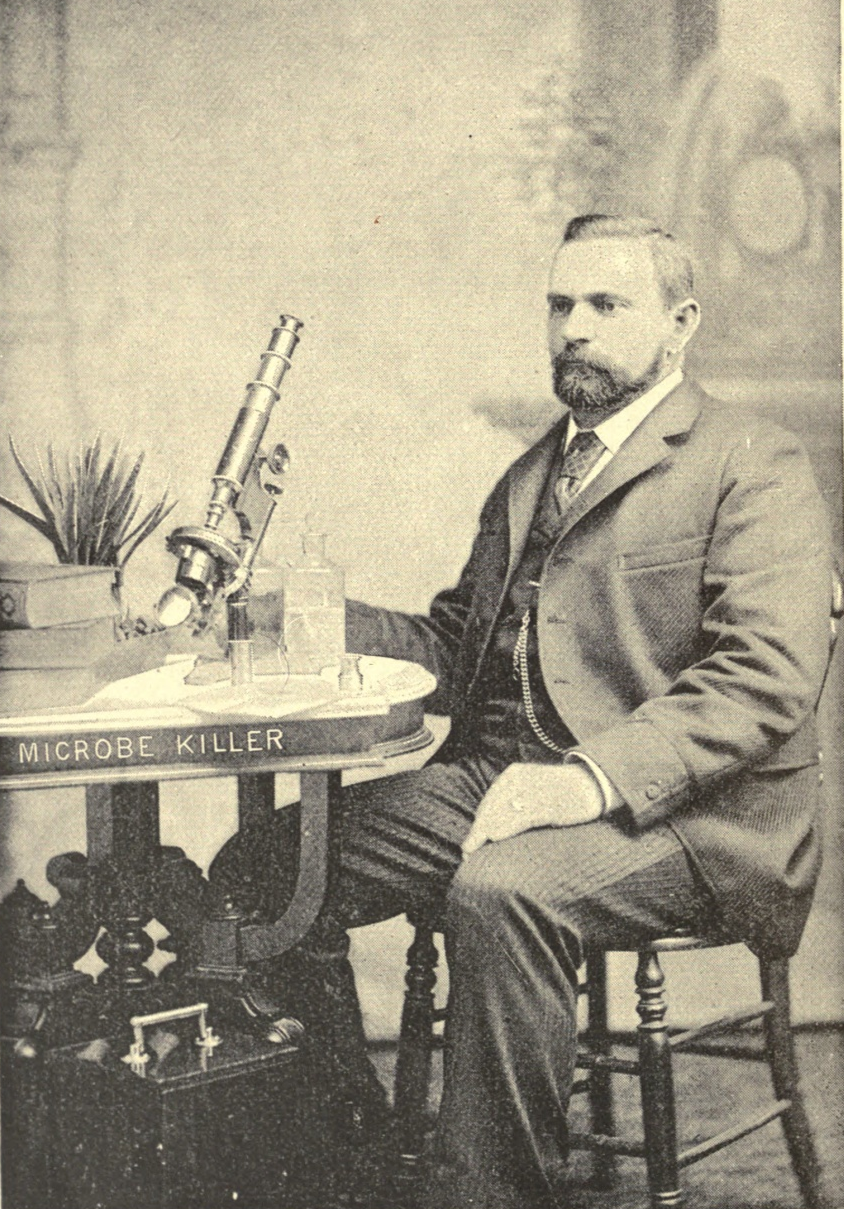5 Victorian quack medicines
by Ailsa Harvey · 01/02/2021
These 19th-century medications caused more harm than good

Health is regarded as a top priority for most. When we go to the doctor, we go with confidence that we will be provided with the correct medication based on the best medical findings. While scientific research has brought medicine and treatment to the levels they are today, in times gone by anything and everything was experimented with as potential cures and Victorian quack medicine remedies. People would trust anything from pharmacists or prescribed by their doctor that could make them feel better. But some of the most popular medicines of Victorian times simply didn’t work, or worse, were dangerously addictive and had the potential to cause permanent damage to anyone who took it. In an era when legislation didn’t exist to control false advertising, these medicines were often given sensational names like ‘Dr Kilmer’s Swamp-Root Kidney Cure’ and ‘Hamlin’s Wizard Oil’.
They were known as ‘quack medicines’. The term quackery comes from an old Dutch word, ‘quacksalver’, originally used to refer to someone who uses home remedies and false knowledge with the aim to cure. The exploitation of ignorance in selling quack medicine was rife during the 19th century. For some medical inventors, it wasn’t even important how true their claims were –it was about creating a believable business model. The art was in the convincing. From drugs that could be sold to combat any pain, leaving patients on a medical high, to water-based potions that did nothing but make people feel like it was doing them good.
Tapeworms were voluntarily ingested with the focus on weight loss, while mothers would innocently drug their crying babies with opioids, believing the after-effect of them passing out was a triumph for sleep. The medical world has evolved dramatically since, to the scrutinised levels we have arrived at in the modern world. Hearing about some of this Victorian medical treatment, you may feel relieved that our ailments today can be treated in a more scrupulous fashion, by legitimate doctors and pharmacists. You might even be appalled that these dodgy treatments were allowed until 1860 (the Adulteration of Food and Drink Act) in the UK and 1906 in the US (Pure Food and Drug Act). However, we need to give the Victorians some credit, as the only way we’ve attained today’s medical standards was to learn from some of these crazy experiments of the past.

1. Anti-asthma cigarettes
In the 19th century, cigarettes were widely considered to benefit health. Asthmatics would inhale smoke in hope of ridding themselves of the condition, but today we know it kills and damages the bronchioles, only making this limited breathing worse. (Image by M. Maggs from Pixabay)
2. Chloroform for hiccups
Today we might try holding our breath or drinking water backwards to combat a case of hiccups. If you lived in the 1800s, however, you could be advised to inhale chloroform, a chemical found in floor polish. By taking these lengths to reduce the annoyance of hiccups, vital organs paid the price. Chloroform has the potential to damage the nervous system as well as the liver and kidney.

3. Cocaine for toothache
Today’s illegal drugs were prescribed for an extensive list of illnesses. As one of many cases of creating drug addicts from patients, cocaine was used as an anaesthetic for toothache. Dentists also used cocaine during surgeries. (Image source: National Library of Medicine- History of Medicine)
4. Strychnine for fatigue
For nearly two centuries people used strychnine pills to keep alert. Athletes took them to keep energy levels up, while students used the medication to stay awake during exams. The alkaloid could be used for almost anything. Unfortunately, just five milligrams of the stuff was enough to kill. Less than this amount caused rapid heart rates, loss of consciousness and cold sweats.

5. Radam's microbe killer
Claiming to cure tuberculosis, in 1887 William Radam used plant-based ingredients and water to create a substance that he passed off as a medicine that would kill all the microbes in your blood and cure you of most diseases. After the product was analysed in 1913, it was determined that each bottle was mainly water with almost undetectable levels of sulphuric acid.
For more science and technology articles, pick up the latest copy of How It Works from all good retailers or from our website now. If you have a tablet or smartphone, you can also download the digital version onto your iOS or Android device. To make sure you never miss an issue of How It Works magazine, subscribe today!





